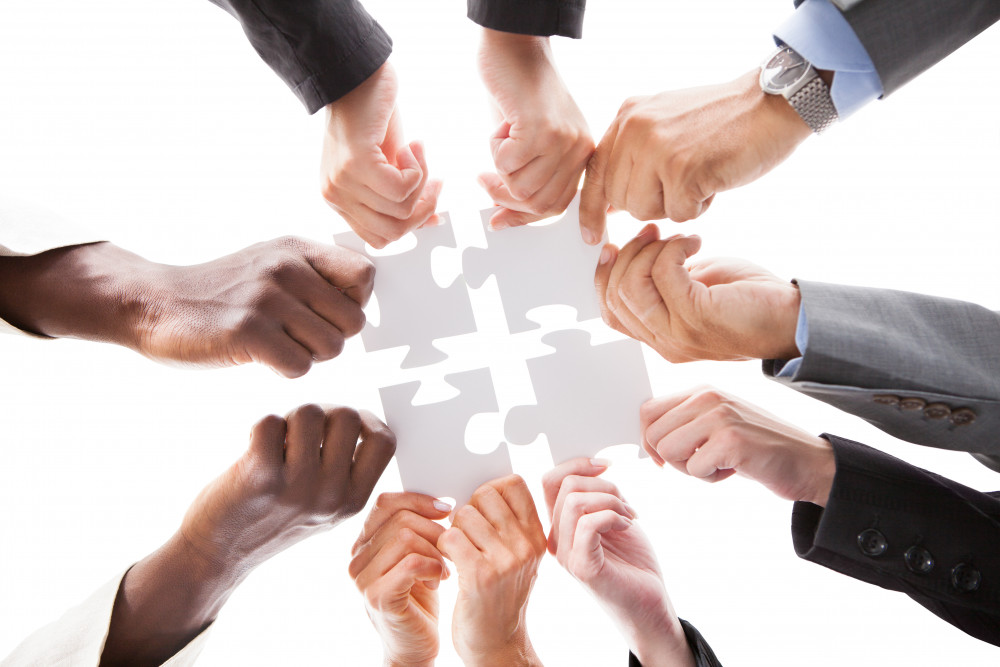![]()
Last week we spoke about the mindsets necessary successfully complete step one of the innovation process, sense intent. This week we’re going to talk about the mindsets and objectives of step two of the innovation process, know context.
The know context step focuses on understanding the surrounding conditions in which the changes detected in the sense intent step happen. The changing context represents the environment in which the innovation needs to work in order to be successful. The goal of this step is to gain as many insights as possible about the context, getting ready to explore different opportunities, and begin to see directions for the future. Members of team should adjust their disposition or mindset during this stage of the innovation process to one of focus and depth, and gear up for a full understanding of the context. During the know context step, the most useful mindsets include:
Know context history – Knowing the historical context of what has already occurred expands the understanding of change, explains why things are the way they are now, and sometimes indicates what might be.
Understand the Horizon – Learning about the latest and greatest offers glimpses of possible futures. Investigate and identify the underlying forces and conditions that cause the formation of perceived limits in the market in order to better anticipate what might happen next and identify opportunities that lie ahead. Understanding the latest developments helps provide vision into the “near future” context and clues as to which ideas and innovations could work.
Seeing Overviews – Sometimes we become so focused on the details, we lose sight of the big picture. Stepping back for perspective allows the team to see the circumstances and events pertinent to a situation in which something happens. There are numerous components that must be understood and the team mindset must shift focus and visualize this context so that a holistic understanding of the components, relations and dynamics between products, brands, markets and policies can be achieved.
Understanding stakeholders – The context also includes stakeholders that have a personal, financial or other investment in the innovation project. Stakeholders include companies, partners, competitors, regulatory agencies, trade associations and similar entities. Mapping the stakeholders in the context provides opportunities to understand the relationships and how the stakeholders may derive value. That understanding helps explain motivations, interactions and how they may be affected when changes happen when new innovations are introduced.
Using Mental Models – This mindset allows innovators to get comfortable with the complexity of the context. These internal representations help individuals understand external reality. Collecting them in a repository allows team members to retrieve and tap into the most appropriate one needed to understand specific contexts as necessary.
Staying in the correct mindset during this phase of the innovation process can place your innovation project on the right path and prepare the team for the next step – knowing people.
Scott Severns is part of the GovLoop Featured Blogger program, where we feature blog posts by government voices from all across the country (and world!). To see more Featured Blogger posts, click here.





Leave a Reply
You must be logged in to post a comment.